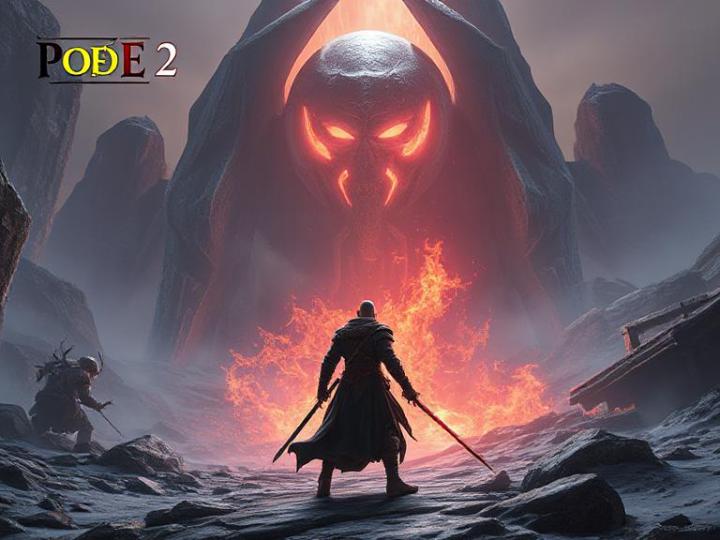
Understanding the Ouroboros Metaphor in Currency Systems
In buy poe 2 currency, the concept of the Ouroboros—a serpent endlessly consuming its own tail—finds symbolic and practical application within the game's economic structure. This metaphor encapsulates a self-sustaining cycle of currency use, generation, and reinvestment that creates a perpetual loop. Unlike static economies where resources are consumed once and exit the system, POE 2's economy emphasizes circulation, transformation, and reabsorption. This closed-loop behavior underpins both crafting and trading, reinforcing the idea that value in the game is never truly destroyed, only converted and redirected.
Mechanics of the Infinite Currency Cycle
The core of this loop lies in POE 2’s crafting system, where players use orbs and currencies to modify equipment. However, each use of a currency item often results in a byproduct—items that can be sold, broken down, or reused in further crafting. For example, a Chaos Orb used to randomize an item might yield a valuable result or a failure, but even a failed item can be traded or further modified with other orbs. The resulting economic behavior is recursive: players use currency to create items, sell those items to gain more currency, and repeat the cycle. This circularity is further reinforced by vendor recipes and loot drop mechanics that continually feed back into the market.
Player-Driven Perpetuity and Economic Resilience
This self-reinforcing cycle gives rise to a player-driven economy that is remarkably resilient. Because every action has a potential follow-up—every currency use a consequence—players are incentivized to stay active within the economy. The infinite loop is not a glitch or an exploit, but a feature of POE 2’s design that sustains engagement and value generation. Economic momentum is maintained not by artificial injection of resources but by the constant reconfiguration of existing ones. As players craft and trade, they unknowingly participate in an ouroboric mechanism that sustains itself through interaction, speculation, and reinvestment.
Speculation and the Illusion of Endlessness
While the loop appears infinite, it is also shaped by scarcity and market perception. Currency orbs fluctuate in value based on player behavior, league mechanics, and global supply trends. This introduces an element of illusion to the cycle’s perpetuity. Players may believe they can profit endlessly, but diminishing returns and shifting values often create a natural braking mechanism. This tension between perceived infinity and actual limits makes the economy both alluring and risky. The Ouroboros is not a stable ring but a dynamic loop, constantly in motion and occasionally volatile.
Design Philosophy and Emergent Complexity
The Ouroboros market mechanic reflects Grinding Gear Games’ broader design philosophy—systems that encourage experimentation, recursion, and depth. Rather than limiting players to linear progressions, POE 2 fosters nonlinear strategies where failure can lead to opportunity, and even waste becomes a resource. The complexity of the currency loop emerges not from top-down rules but from the spontaneous interactions between thousands of players engaging with layered systems. This emergent behavior creates a rich, evolving marketplace that mirrors real-world economies in its cyclical nature and susceptibility to collective psychology.
Cultural and Symbolic Resonance in Gameplay
By invoking the Ouroboros, POE 2 situates its economy within a broader symbolic context. The image of eternal return resonates with players who repeatedly enter new leagues, recycle their wealth, and begin again. Each new cycle feels both familiar and unique, echoing the deeper philosophical question of whether any action within the system is truly final. The market lives on through repetition, a digital embodiment of the mythic serpent consuming and regenerating itself. In doing so, POE 2 transforms its economy into a ritual of continual rebirth, driven by the unending appetite of its players.